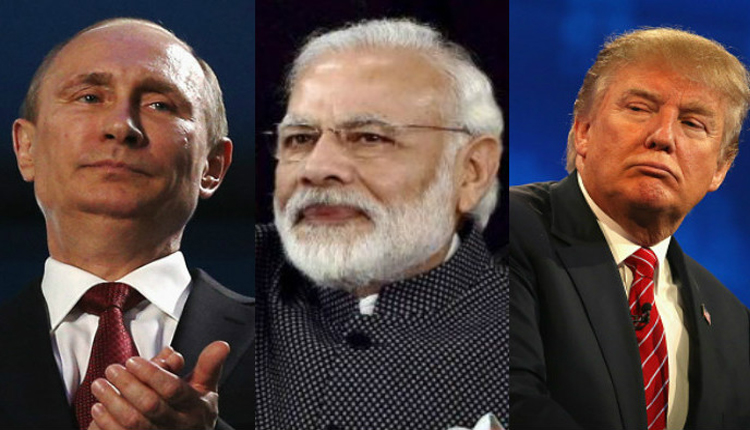New Delhi: President of USA Donald Trump is taking aim at India, talking about slapping tariffs as high as 250% on drugs coming into his country. He’s also hinting at new taxes on semiconductors, which could make things tense with one of America’s big trade partners. The idea is to get drug and chip factories to move back to the USA, but such measures could mess up India’s $9.7 billion drug export business with the USA, hurt their growing semiconductor business, and maybe even make healthcare more expensive for Americans.
Trump told CNBC that he wants to start with small tariffs on drugs but crank them up to 150% and then 250% within a year or so to get those products made here. He also said he will announce tariffs on foreign semiconductors and chips soon but didn’t give any details. Before this, Trump had already put a 25% tariff on Indian goods at the start of August, plus an extra penalty because India buys oil from Russia, which he says helps fund the Moscow war.
India is the biggest supplier of generic drugs in the world, making almost half of the generic medicine the USA uses. This saved the US healthcare system $219 billion in 2022 alone, says IQVIA Analytics. These new tariffs could raise the price of cheap generic drugs by about $0.12 per pill, which adds up to $42 a year for people. Price hikes for special medications could occur, potentially increasing costs by as much as $10,000 for treatments such as cancer. Big Indian drug companies, such as Sun Pharmaceutical, Dr Reddy’s Laboratories, and Cipla, receive approximately 30-50% of their revenue from the USA; therefore, these new tariffs could significantly impact their profits due to limited profit margins.
Trump also said India charges the highest tariffs in the world and isn’t a reliable partner. He complained that the USA doesn’t do much business with India because of these high tariffs. He also thinks India is making money by buying cheap Russian oil and reselling it. But India says they need to buy oil to keep costs down for their 1.4 billion people, especially since the market is messed up because of the sanctions on Russia.
The Indian Ministry of External Affairs fought back, criticising the USA and Europe for being unfair and pointing out that they also trade with Russia for stuff like uranium, fertilisers, and chemicals. They said that their imports are important for the country, unlike the selective trade continued by others, accusing Western countries of having one rule for themselves and another for others. The Kremlin in Russia agreed with India, saying that countries can pick who they want to trade with. A Foreign Ministry spokesperson in Russia called the US tactics neocolonial.
These tariffs could also cause problems for India’s new semiconductor industry. Companies like Tata Electronics and Vedanta are building factories to make India a big chip manufacturing place. Trump’s tariffs might ruin those plans, especially since India wants to sell more semiconductors than it buys in the future. Experts say it’s not simple to just move drug or chip production to the US, with new factories costing a lot of money and taking years to build.
Trade talks between India and the USA aren’t going well, and a recent visit by India’s Commerce Minister Piyush Goyal to Washington didn’t change anything. Indian drug companies are trying to get the government to drop the 10% import tax so the USA doesn’t bring in reciprocal tariffs, but some people don’t think it will work. Dr Melissa Barber, a drug pricing expert at Yale University, said a 250% tariff would make Indian generics too expensive, forcing companies to leave the USA and causing drug shortages.
India sends about $87 billion worth of goods m, including drugs, electronics, and textiles, to the USA each year. If these tariffs happen, it could really slow down India’s economic growth. India and Russia aren’t backing down, which indicates they are pushing back against the USA economic control of economic and trade activity, which could lead to a big global trade fight.



Comments are closed.